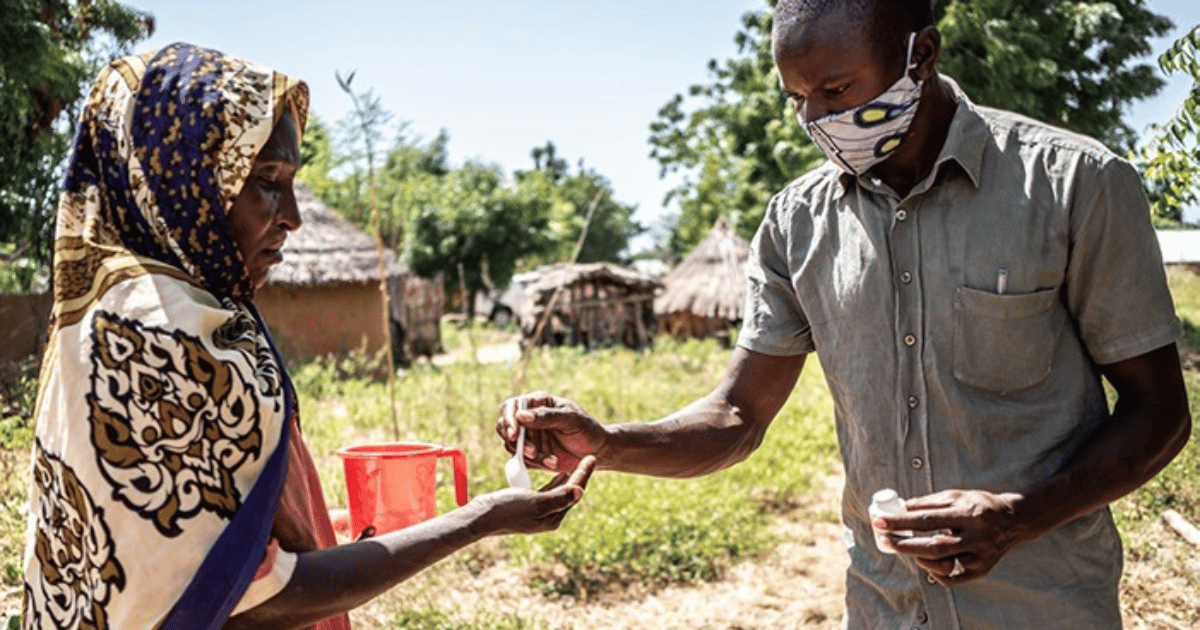
From the newsletter
African countries have launched a new digital micro-planning portal to fast-track the elimination of neglected tropical diseases by 2030. The digital platform was co-developed by the Africa Centres for Disease Control and Prevention with input from member states, the World Health Organization and the END Fund.
The platform will monitor resource utilisation, support domestic resource mobilisation and advocate for sustainable health financing for six high-burden diseases in each country.
Climate change may alter the distribution and transmission of neglected tropical diseases in Africa, exposing new regions and populations. This makes the digital planning hub essential for timely and targeted responses.
More details
The platform is expected to improve planning and efficiency and reduce duplication across countries. “The African Region is endemic for 20 of the 21-priority neglected tropical diseases, affecting more than 565 million people and accounting for 35 per cent of the global burden,” said Dr Ibrahima Soce Fall, Global Director for Neglected Tropical Diseases at the World Health Organization.
These diseases, such as intestinal worms, river blindness, trachoma, and lymphatic filariasis, cause severe health complications, including disfigurement, malnutrition, blindness and death. The new tool is designed to help align country and regional planning, improve budget coordination and identify gaps in technical capacity and funding.
More than 1.5 billion people worldwide require interventions for neglected tropical diseases, with Africa accounting for 39 percent of this global burden. In 2023, 289 million people in the region received treatment for at least one of these diseases.
Neglected tropical diseases are a group of 21 conditions caused by pathogens including parasites, bacteria, and viruses. They disproportionately affect poor communities in tropical regions and are often difficult to control due to complex life cycles and environmental factors. In Africa, 518.6 million people currently require treatment for diseases that respond to preventive chemotherapy. Eight countries in Africa have eliminated at least one disease in this group, and mass drug administration needs for lymphatic filariasis have decreased by 61.3 percent. However, progress is at risk due to climate change.
East Africa is highly vulnerable to climate impacts, and studies show links between rising temperatures, changing rainfall patterns and increases in diseases such as schistosomiasis, soil-transmitted helminthiases, and human African trypanosomiasis. Most studies have focused on temperature and precipitation, while droughts and floods remain under-researched. The region’s high reliance on climate-sensitive agriculture, combined with limited infrastructure and political instability, increases the threat. For instance, an estimated 90 million people in Kenya, Tanzania, and Ethiopia are at risk of lymphatic filariasis.
A 2023 review of 96 studies showed growing interest in understanding climate-NTD links, but also revealed significant gaps in data from parts of East Africa and on several diseases. The evidence base remains uneven, with underrepresentation of countries in the African region.
Our take
Without binding national commitments to integrate its data into routine policy and health budgets, the platform could become underused.
Governments must legislate accountability frameworks that require the use of this platform in annual health planning, tied to budget approvals and performance reviews.